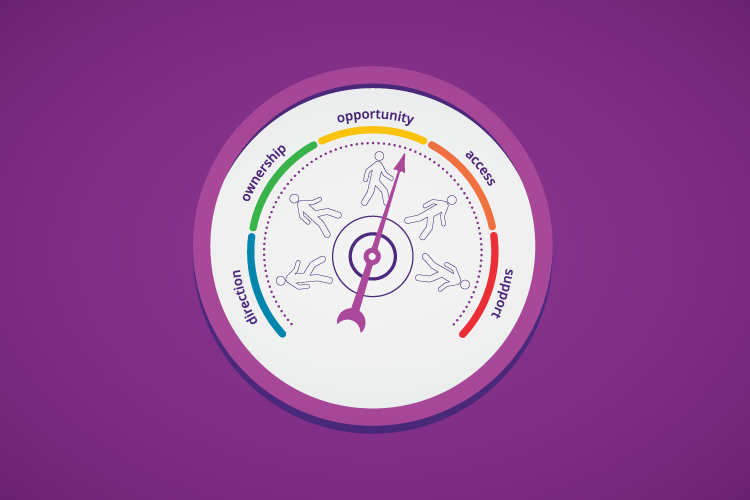
About 4 years ago I started becoming a real ‘capability’ enthusiast. My interests had moved from IT project delivery into the ‘people’ side of delivering change, and I had all sorts of ideas about organisational development and how it aligned with operational realities.
Back then, when I talked to people about capability, most wanted me to explain what I meant. Nowadays, ‘organisational capability’ is moving out of the HR shadows and I explain myself less often.
It’s recognised as the ability of the organisational ‘system’ to function and deliver. It’s the sum of its people, processes and technology, and how they interact. I’m a total convert and I’ll be writing on many different aspects of organisational capability.
Today I want to look at one of the barometers of the organisational ‘system’ – how its people learn.
To be effective, workplace learning needs to meet the organisation’s skill requirements as well as an individual’s learning needs. Best practice is converging towards ‘on-the-job learning’ as by far the best way to do this. How come? Because it’s real; it acknowledges that adults already have loads of experience from different sources; it allows them to focus on what they, personally, need to learn.
Useful on-the-job learning requires business infrastructure that harnesses and manages individual learning experiences. But it can’t be done from HR. It moves learning into the operational business and requires line managers, or ‘1-up managers’ to really take charge of their people’s growth. That’s why I call it a barometer of organisational capability – you can’t fake it and you can’t delegate it.
We can split the infrastructure required for on-the-job learning into five interdependent components.
- Direction for learning.
Because more responsibility is dispersed from HR to learners and their 1-up managers, everyone needs to understand which skills the organisation values, why, and how they will be recognised and rewarded.
- Ownership of learning by the operational business.
Individuals and their 1-up managers are the people who know the realities of their workplace and the individual’s particular skills, and they need to take the driver’s seat in planning and development. This means a change in focus to individual learning requirements (instead of blanket ‘training outcomes’) and stretch work opportunities to meet them.
- Opportunities to learn on the job.
Allocating work so it meets both organisational and individual learning goals can require coordination of a lot of business tools and information. The learner’s current skills and ‘stretch’ learning requirements need to be considered alongside available work activities and the business’ resourcing requirements.
- Access to information and advice to support learning.
When people take charge of their own learning and try to do something new, they must be able to access information and advice about the task at hand as they need it. This might be learning materials, business information or access to expert peers.
In my experience this is one of the greatest challenges for on-the-job learning. If workplace processes and information are out of date or unavailable, learning experiences (as well as wider workplace operations) risk being ineffective and inconsistent across the organisation.
- Support for the process of learning and growing.
Learning isn’t usually easy, it involves change, and it happens faster when learners are supported in ‘the process of learning and growing’ – opportunities to talk about how they’re finding things. Ideally this is with their peers and line managers, who understand the real culture and work environment.
So, while on-the-job learning makes good sense, it shifts responsibility for growth and development of people back into the operational business, which has a considerable impact and takes careful planning. The infrastructure to support this brings new parts of the organisational ‘system’ together and tests its ability to function and deliver.






